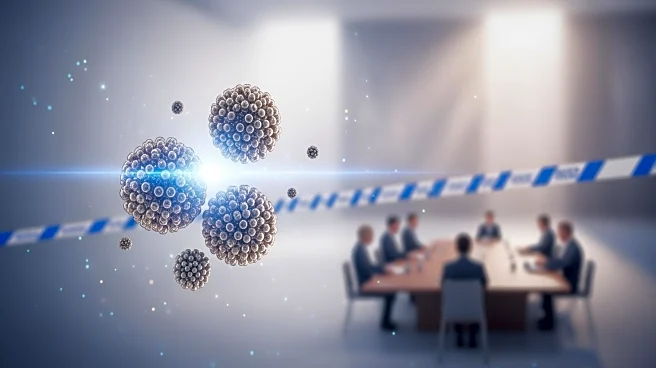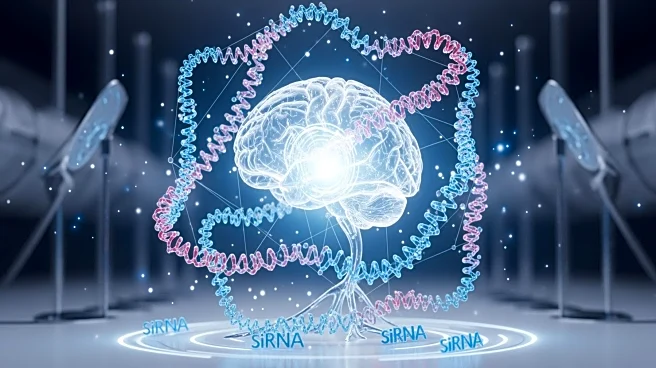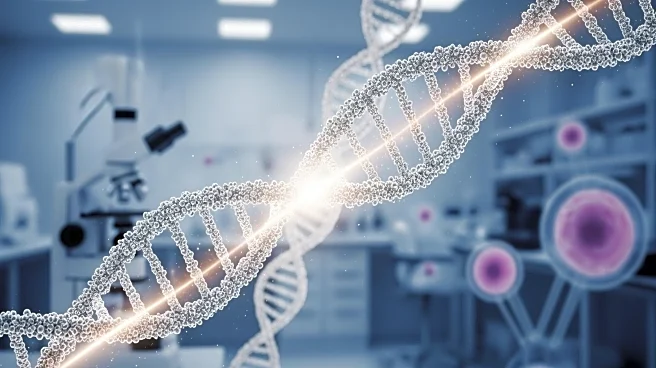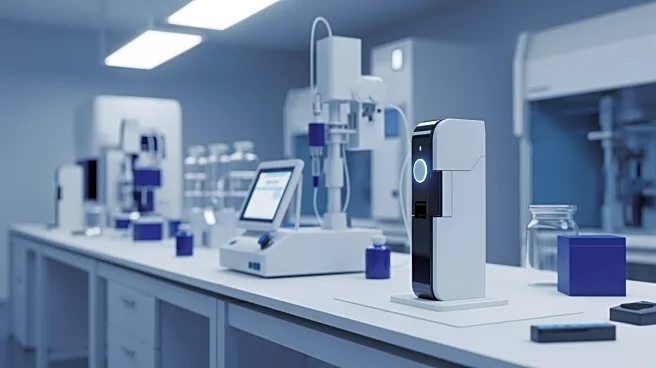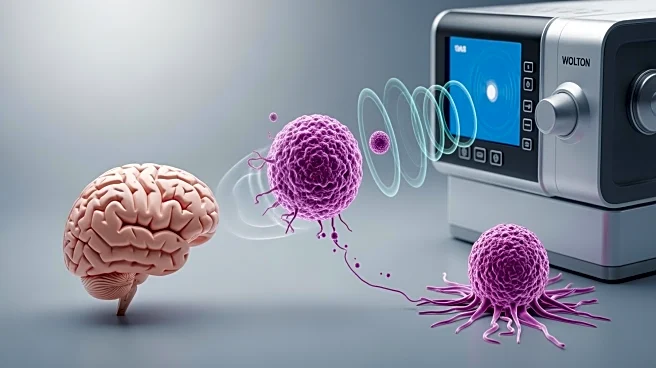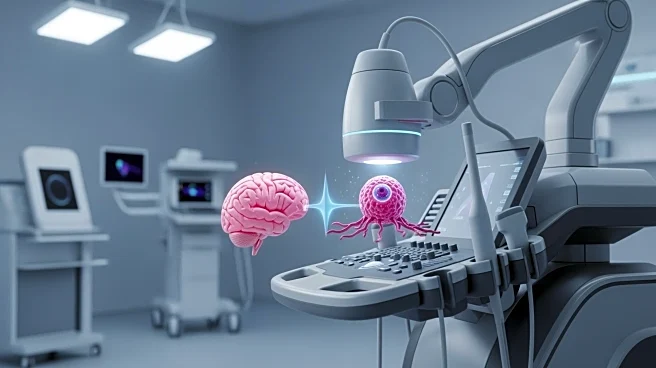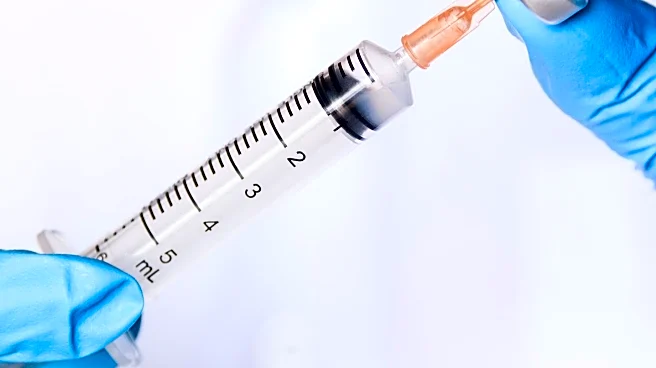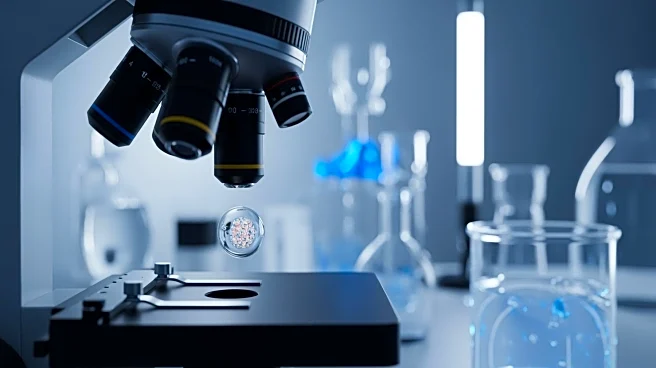What's Happening?
A research team has developed two innovative PLGA-based nanoparticle systems for the oral delivery of temozolomide (TMZ), aimed at treating glioblastoma multiforme. The study compared two methods: nanoprecipitation and double emulsion solvent evaporation,
assessing their impact on particle size, polydispersity index, zeta potential, encapsulation efficiency, and release profile. The nanoprecipitation method resulted in smaller, more uniform particles with better encapsulation efficiency compared to the double emulsion method. Both formulations demonstrated the ability to cross the blood-brain barrier, a critical factor in treating brain tumors. The study also evaluated the cytotoxic effects of these nanoparticles on glioblastoma cells, showing promising results in reducing cell viability and increasing reactive oxygen species production.
Why It's Important?
The development of temozolomide-loaded nanoparticles represents a significant advancement in glioblastoma treatment, potentially improving drug delivery and efficacy. Glioblastoma is a highly aggressive brain tumor with limited treatment options, and enhancing the bioavailability of TMZ through nanoparticle encapsulation could lead to better therapeutic outcomes. The ability of these nanoparticles to cross the blood-brain barrier is crucial, as it allows for targeted delivery to the tumor site, minimizing systemic side effects. This research could pave the way for more effective chemotherapy regimens, improving survival rates and quality of life for patients with glioblastoma.
What's Next?
Further research is needed to explore the intracellular behavior and therapeutic mechanisms of these nanoparticles. Advanced cellular assays, such as nanoparticle internalization studies, apoptosis analysis, and cell cycle profiling, will be conducted to better understand their anti-cancer activity. These evaluations will provide deeper insights into the therapeutic potential of the developed nanocarriers and validate their suitability for brain-targeted chemotherapy. The findings could lead to clinical trials and eventual integration into standard treatment protocols for glioblastoma.
Beyond the Headlines
The study highlights the importance of formulation techniques in drug delivery systems, demonstrating how different methods can significantly impact the physicochemical properties and therapeutic efficacy of nanoparticles. The research also underscores the potential of nanotechnology in overcoming challenges associated with drug delivery to the brain, offering hope for more effective treatments for neurological diseases. Ethical considerations regarding the accessibility and affordability of such advanced treatments will need to be addressed as the technology progresses.
